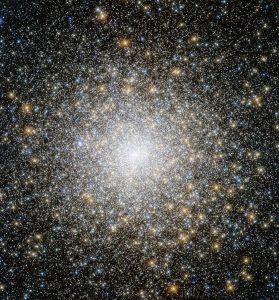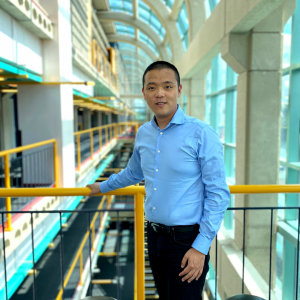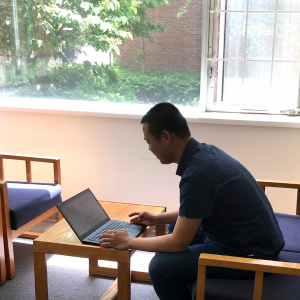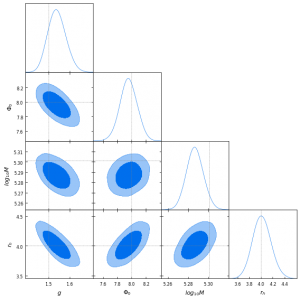Robin Wen is originally from Xi’an, China, and he moved to Saskatoon, SK when he was 16.
He just completed his undergraduate studies majoring in mathematical physics and statistics at the University of Waterloo. During his time in Waterloo, he conducted research in cosmology and quantum information.
What made you decide to participate in SURP?
With one of the largest astronomy research groups in Canada, the University of Toronto offers the best opportunities for students to have an immersive experience in astronomy research and explore different options in astrophysics. I am hoping to continue developing my research skills and extending my astrophysics knowledge through SURP. I am particularly interested in doing a research project related to astrostatistics and galactic astronomy, which SURP offers.
What is your favourite thing about SURP?
My favourite thing about SURP is the extensive professional training and the stimulating research environment provided by the program. There are many interesting seminars and talks organized by the department or the program every week for students to learn about the frontier of astrophysics research and develop their academic, research and professional skills. I am especially grateful for the amazing support and guidance provided by my supervisors in SURP.
Can you tell us about your research project?
I am currently working with Dr. Josh Speagle, Dr. Jeremy Webb, and Dr. Gwendolyn Eadie on building statistical models for studying globular clusters (GC). GCs are large groups of old stars tightly bounded by gravity in the galaxy, and we can use GCs as a probe to study stellar and Galactic (the Milky Way) evolution. In this project, we aim to develop scalable statistical inference tools that can incorporate both missing data and measurement errors to model the current observational data available for Galactic globular clusters. We focus on using machine learning techniques to develop a smooth and differentiable “emulator” of GC models based on theoretical and numerical simulations, which will be then applied to the hierarchal Bayesian modelling of the GC.
Can you explain how SURP has perhaps been different from your undergrad work?
Since the first year of my undergraduate study, I had developed an interest in both astrophysics and statistics. My SURP project offers the first opportunity for me to combine my training in physics and statistics and to actually use my learning in both fields for a research project.
What are your plans for the future?
I am heading to the California Institute of Technology for a PhD. in physics in the coming fall, and I hope to continue my research journey in astrophysics and cosmology in the upcoming years.

Messier 15 – one of the oldest globular clusters known. Courtesy: NASA.
_________________________________________________________________________________________
The Dunlap Institute for Astronomy and Astrophysics at the University of Toronto is an endowed research institute with over 80 faculty, postdocs, students, and staff, dedicated to innovative technology, ground-breaking research, world-class training, and public engagement.
The research themes of its faculty and Dunlap Fellows span the Universe and include: optical, infrared and radio instrumentation, Dark Energy, large-scale structure, the Cosmic Microwave Background, the interstellar medium, galaxy evolution, cosmic magnetism, and time-domain science.
The Dunlap Institute, the David A. Dunlap of Astronomy and Astrophysics, and other researchers across the University of Toronto’s three campuses together comprise the leading concentration of astronomers in Canada, at the leading research university in the country.
The Dunlap Institute is committed to making its science, training, and public outreach activities productive and enjoyable for everyone of all backgrounds and identities.



